Experience Trans Bhutan Trail in 2023
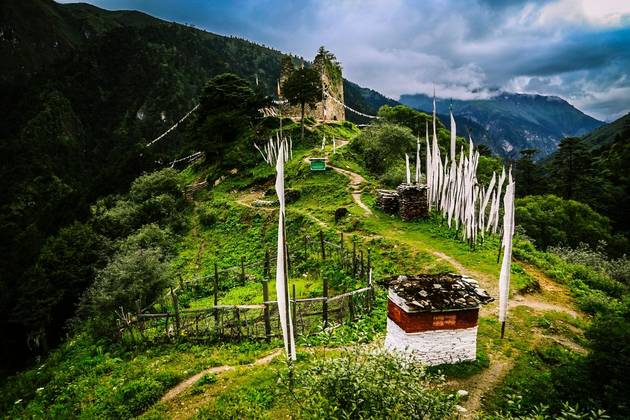
TRANS BHUTAN TRAIL The Trans Bhutan Trail begins in Pelela, a mountain town at 3,407 meters above sea level. After a steep ascent, the trail then passes through lush meadows and passes by yak herder camps. It also passes through a traditional farmhouse in Rukubji, a small village known for its unique language. To travel […]
How to travel to Bhutan from USA in 2024-2025
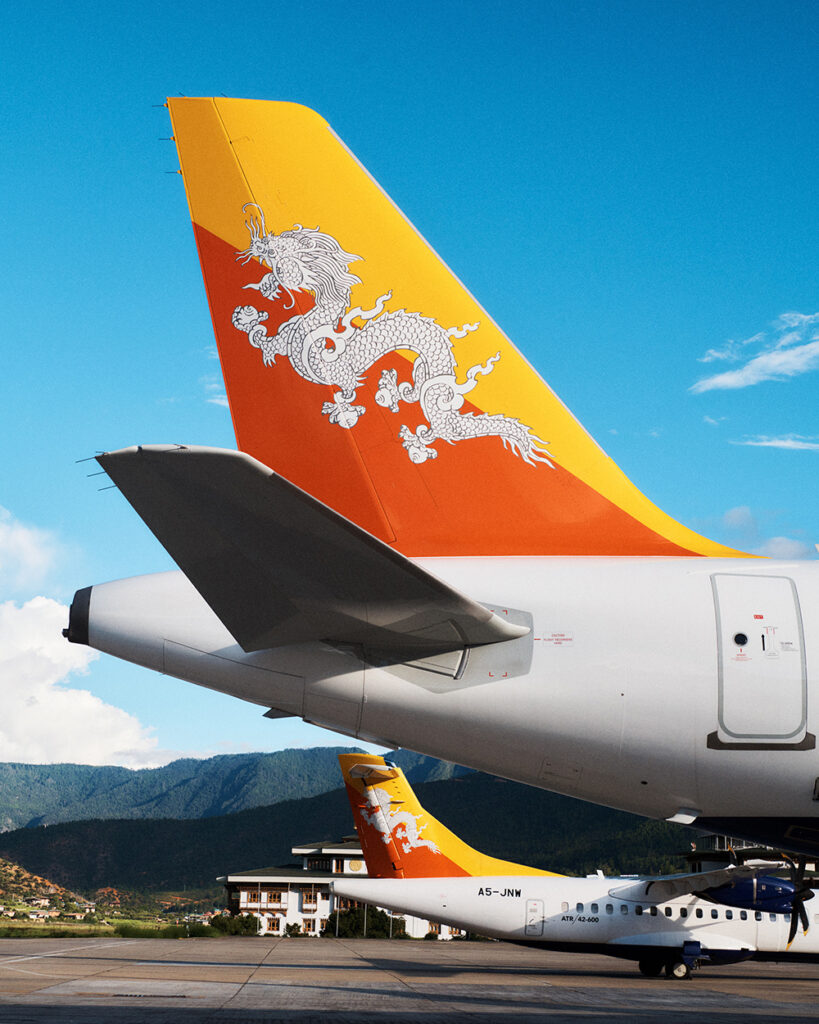
Planning your first journey to Bhutan from the US Bhutan is a sanctuary where you can find earthy pleasures such as local archery, homemade dishes such as ema datsi, and breathtaking views and off-the-world experiences. You can truly immerse yourself in wonder and embark on a life-changing adventure. Get to know Bhutan To many, Bhutan […]
Frequently Asked Questions about Travel to Bhutan in 2022

Sustainable Development Fee Planning a trip Getting to Bhutan Traveling within Bhutan Accommodation COVID-19 Protocols Payment Options Other Essential Information
Tourism in Bhutan will open from September, 2022
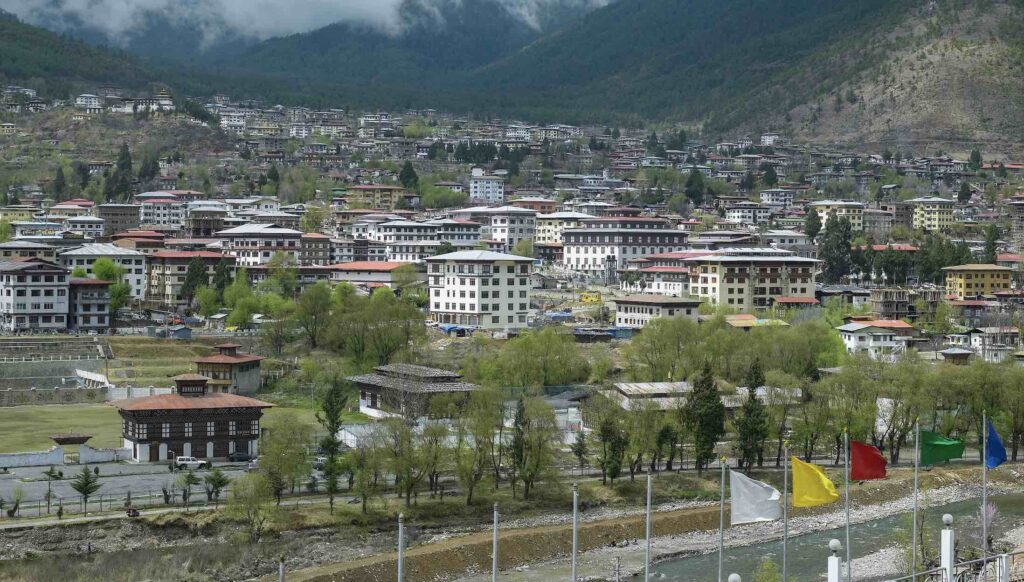
Bhutan will officially resume its borders to travelers on September 23, 2022 according to the Tourism Council of Bhutan. A press release from the council specified that the reopening would certainly be with a renewed focus on the sustainability of the industry. “At the centre of the sector’s revamp are 3 areas– updating infrastructure and […]
COVID19 update, September 9th, 2021
Top 5 reasons to visit Bhutan as LGBT
Humans are born with their own capabilities and significance. No matter who you are, nothing determines your mindset. In one life time, being born as lesbian, gay, bisexual or transgender commonly known as LGBT is very beautiful than to be born like common people. Whether you are lesbian, gay, bisexual or transgender, no one is […]
Tourism Policy of Bhutan 2021 | Bhutan’s road ahead for a brighter Tourism Industry
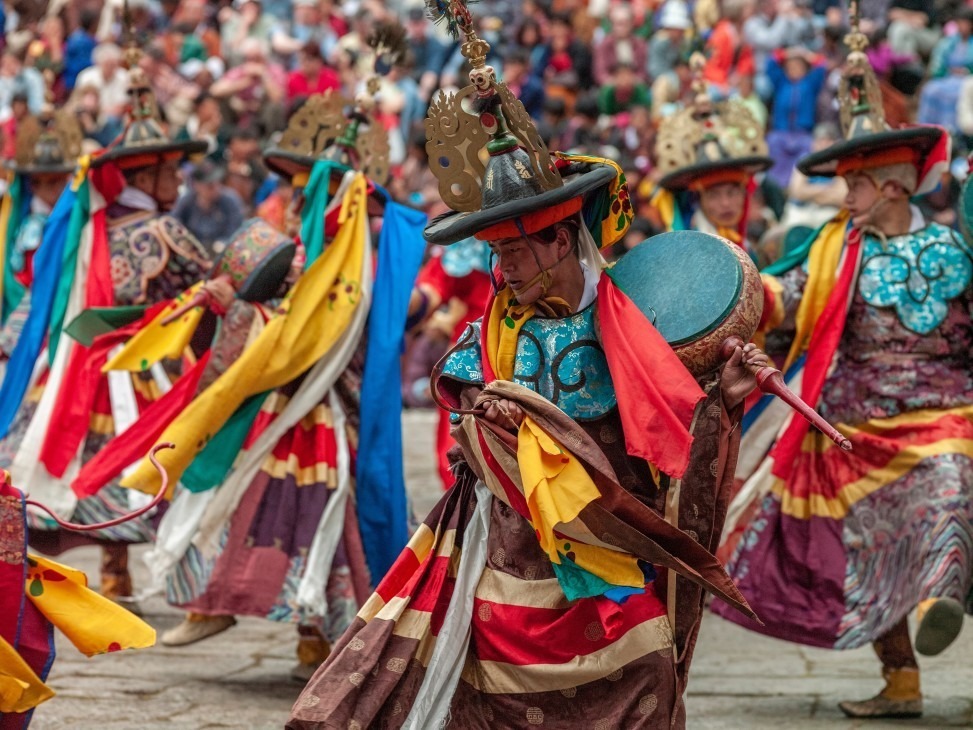
Every traveler visiting Bhutan will be required to pay a daily bundle tariff rate within the next five years, regardless of nationality & citizenship. The Tourism Council of Bhutan (TCB) prepares to fast track achievement of the High Value, Low Volume policy. According to the plan, the government will aim towards a single tourism policy […]
How to travel to Bhutan from the USA in 2021

Planning your first journey to Bhutan from the US If you have decided or planning to visit Bhutan, then this is your right pick as Bhutan is a unique destination that only a few people in United States have visited. Up until recent years, Bhutan was never a sought after destinations for most Americans except […]
Tourism Bhutan Situation Report on COVID-19 and travel updates 2021

Update 20th January 2021 The aircraft of Indian Air Force delivered 150,000 doses of Covishield vaccines from India, making Bhutan the first country to receive the gift, just four days after India’s own massive roll out of the vaccine. Led by Prime Minister Dr Lotay Tshering, the health minister Dechen Wangmo, Foreign secretary Kinga Singye […]
King and Queen of Bhutan
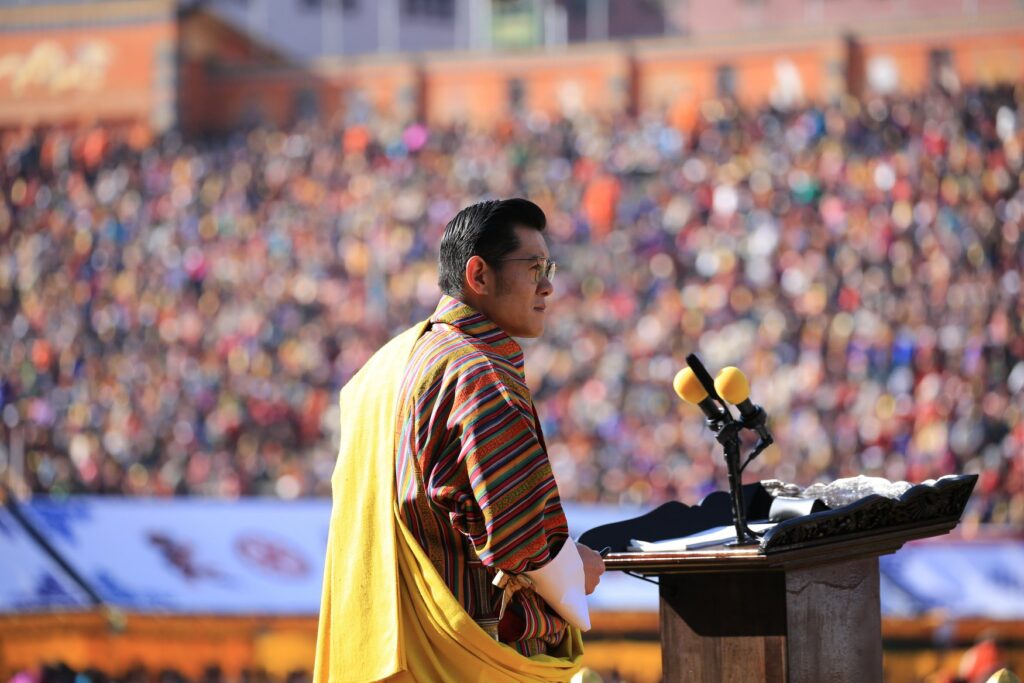
King of Bhutan King Jigme Khesar Namgyel Wangchuck, born 21 February 1980, is the son of King Jigme Singye Wangchuck and is the current reigning Druk Gyalpo or Dragon King, of the Kingdom of Bhutan. He became King on 9th December, 2006. A public coronation ceremony was held on 1 November 2008, an auspicious year […]
